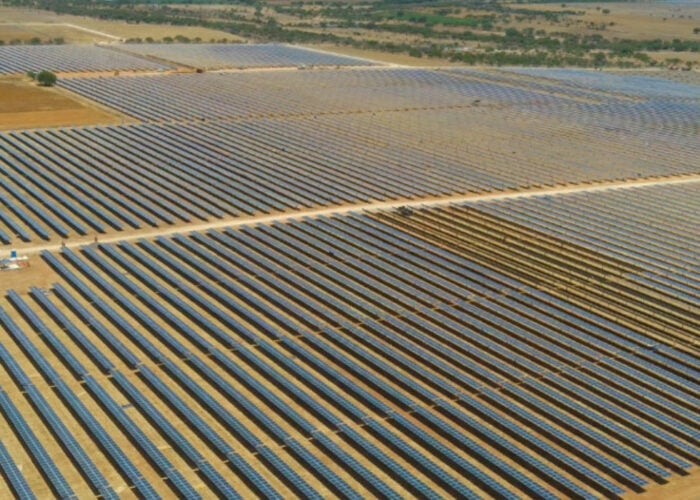While the building-integrated photovoltaics (BIPV) market has sprung up from targeted subsidies and aesthetic appeal, it appears as though modest but steady growth will support future opportunities for innovative cross-industry services and improved products. A study by Lux Research concludes the present-day US$1.7 billion BIPV market’s lack of standardization, low production volumes and formidable competition from building-applied photovoltaics (BAPV) will prove an obstacle to its being taken on board at least until 2013.
Try Premium for just $1
- Full premium access for the first month at only $1
- Converts to an annual rate after 30 days unless cancelled
- Cancel anytime during the trial period
Premium Benefits
- Expert industry analysis and interviews
- Digital access to PV Tech Power journal
- Exclusive event discounts
Or get the full Premium subscription right away
Or continue reading this article for free
BIPV are PV components that replace the look and function of a primary building material, and are sold as an individual unit. BAPV deals with a broader class of building-mounted photovoltaics, along with some traditional roof-mounted PV systems.
Lux’s study, called “Laying the Foundation for Building Integrated Photovoltaics,” takes an analytical approach to provide insights for building materials, chemical and photovoltaics players on opportunities to begin in the solar market, candidates for strategic partnerships, market developments and new technologies that will foster success, and in what way does conventional and thin-film solar technologies compete in specific applications.
This study includes intelligence gathered through 29 additional interviews with PV technology providers, module/system developers, PV installers, building suppliers and architects to offer a comprehensive view of the BIPV market. It gives information on how high price points and a lack of standardization are slowing adoption, improved regulation, building services and materials that could all boost demand, and explains why BAPV will dominate in the future.






